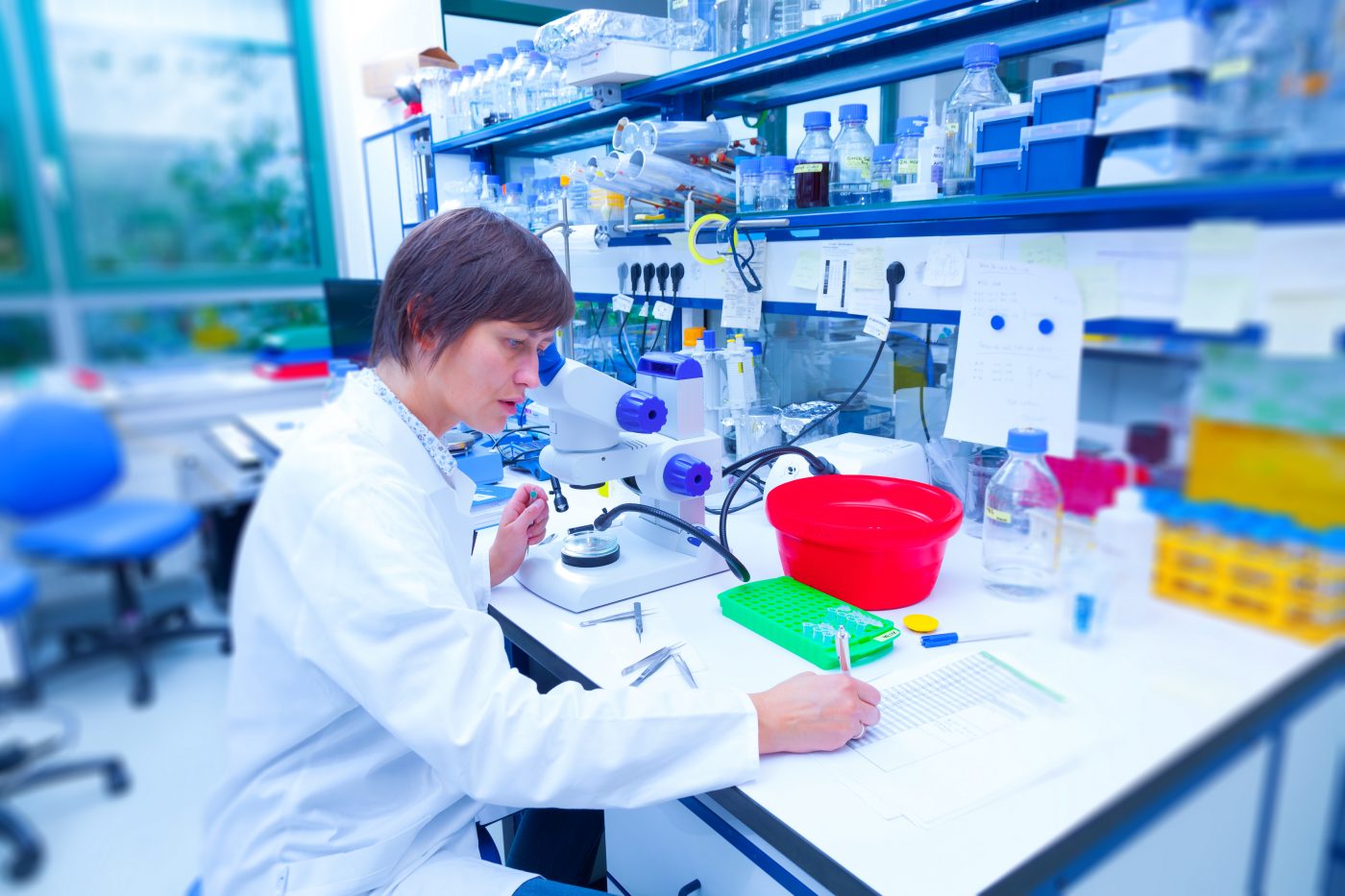Gli Proteins Linked to Promotion of Lung Fibrosis by Impact on Fibroblasts, Lab Study Shows

Gli proteins can trigger fibroblast activation and support their role in promoting fibrosis in the lungs in response to damage to the airspaces, a study in mice shows.
The study, “Gli signaling pathway modulates fibroblast activation and facilitates scar formation in pulmonary fibrosis,” was published in the journal Biochemical and Biophysical Research Communications.
Pulmonary fibrosis, a disease characterized by scarring — or fibrosis — of lung tissue, takes place in process is known to be, at least in part, promoted by fibroblasts. These are cells commonly involved in wound and tissue damage repair.
Fibroblasts synthesize and secrete collagen and extracellular matrix (ECM) components, which are essential for the normal structure and support of tissues. In PF, fibroblasts become overactivated, leading to increased production of these structural elements and consequent tissue scaring. A better understanding on what causes this overactivation may help identify new targets ing treating or preventing PF.
A team of Japanese researchers evaluated mice with induced PF to explore the molecular activators of fibroblasts.
The team treated the mice with bleomycin to induce alveoli damage and PF progression, and then transferred healthy fibroblasts into the injured lungs. These fibroblasts were then recovered two to seven days later to be analyzed. Researchers explored the cells’ genetic pattern, according to which genes were turned on or off (commonly called as “transcriptional signatures”) after being exposed to injury.
They found that the levels of some genes related to protein production and cell metabolism increased during the first two days, while other genes related to extracellular matrix production rose between two and seven days after injury.
Next, the team focused on analyzing which transcription factors — proteins that help turn specific genes on or off by binding to specific DNA sequences — could be involved in the activation of those sets of genes.
Results showed that hypoxia-inducible factor 1a (HIF1a), a transcription factor involved in responses to low oxygen levels, contributed to fibroblast activation in the first two days after being transferred to the injured air spaces (alveoli). In the subsequent profibrotic phase (days 2–7), the kruppel-like factor 4 (KLF4) and glioma-associated oncogene (Gli) transcription factors seemed to be important.
Additional analyses of a subpopulation of specialized fibroblasts, called myofibroblasts (that arise in tissues subjected to persistent injury), found that these cells were also characterized by ECM production due to the activity of the KLF4 and Gli transcription factors.
Finally, when the researchers treated PF mice with GANT61, a compound which selectively blocks Gli transcription factors, the animals showed changes in lung scarring patterns, with dilated airspaces and smaller fibroblast clusters. Activated fibroblasts isolated from GANT61-treated mice also showed a poorer ability to migrate, which suggests that inhibiting Gli eased fibroblast activation.
“We revealed transcriptional signatures and possible upstream regulators of activated fibroblasts in injured alveolar airspaces,” the researchers wrote. “The altered scar formation by Gli signaling inhibition supports that activated fibroblasts in alveolar airspaces may play a critical role in scar formation.”
Results from a previous, unrelated study have suggested that Esbriet (pirfenidone), an approved therapy for idiopathic pulmonary fibrosis (IPF) marketed by Genentech, may work by suppressing Gli signaling, and supported such signaling in promoting lung fibrosis.






